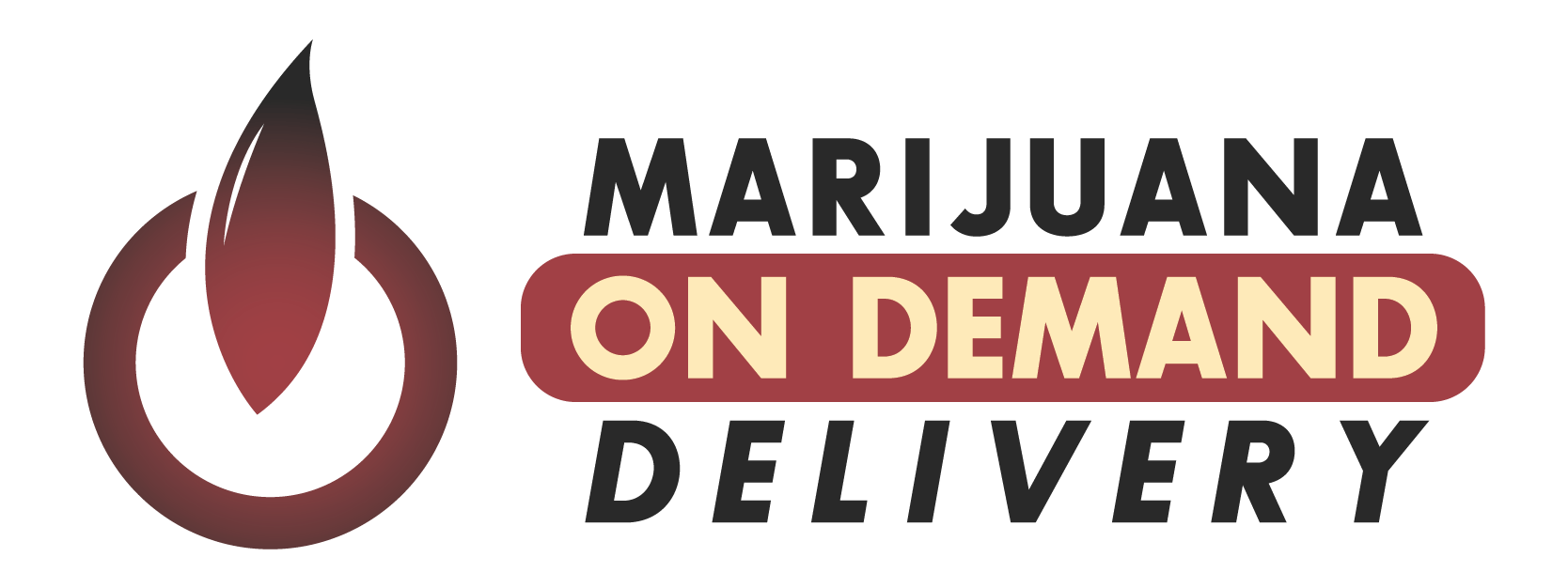Cannabis delivery times can have a meaningful impact on both the potency of cannabinoids and the integrity of products. It’s important customers understand how delays in transit—especially when products are exposed to less-than-ideal conditions—may affect their freshness and effectiveness.
Time is a Key Factor
Research indicates that product age is the primary driver of THC loss. One study found that cannabis stored under typical conditions lost nearly 12% of total potential THC within just 30 days, and about 34.6% after one year. This means that even relatively quick delivery windows can allow noticeable potency decline, especially when products linger in transit before reaching customers.
Temperature Sensitivity
Temperature swings are known to accelerate cannabinoid degradation. A controlled study revealed that flower stored at 30 °C (86 °F) lost approximately 14.1% more total THC over 90 days compared to cooler, 4 °C (39 °F) conditions. Distillates also begin degrading at around 43 °C (110 °F) within just 30 minutes. In delivery scenarios without temperature control—like hot trucks or warm storage rooms—these conditions can quickly degrade potency.
Light Exposure and Oxidation
Exposure to light, particularly UV, significantly speeds THC degradation and the formation of CBN (cannabinol), a less psychoactive breakdown product. A long-term study showed nearly 100% THC degradation over four years in samples exposed to light and air, while those stored in the dark at cold temperatures (4 °C or −20 °C) held THC far better. Even short exposures to sunlight or bright warehouse lighting during delivery can cause measurable loss.
Real-World Delivery Risks
While lab conditions may seem extreme, delivery environments often expose cannabis to multiple stressors: fluctuating temperatures inside vehicles parked in heat, vibrations, and short bursts of light. Combined, these factors can erode product quality even during routine same-day delivery.
Packaging & Handling Matters
High-quality packaging—like tinted, airtight containers—can help slow degradation. Amber glass jars, for example, showed a 2.6% slower THC decline compared to clear jars over 60 days. Likewise, sealed, light-blocking, and temperature-stable packaging during delivery helps preserve potency.
Best Practices for Dispensaries
Experienced delivery coordinators recommend:
- Minimizing time in transit, aiming for same-day or next-day delivery at most.
- Temperature control, including insulated pouches or cool packs when outside ambient temperatures exceed 25 °C (77 °F).
- Protective packaging, especially tinted or opaque containers that block light.
- Educating drivers to avoid leaving products in direct sunlight or hot vehicles—you’d be surprised how quickly a delivery vehicle can act like an oven.
- Storing inventory properly, so that items aren’t already marginal in potency before they leave the shop.
Bottom Line
Time, temperature, light, and oxygen all contribute to cannabinoid degradation and reduction in product integrity. Shortening delivery times and using proper packaging and handling can help ensure customers receive the same quality and potency that was tested and labeled. When managed well, delivery can match the high standards of in-store purchases.
